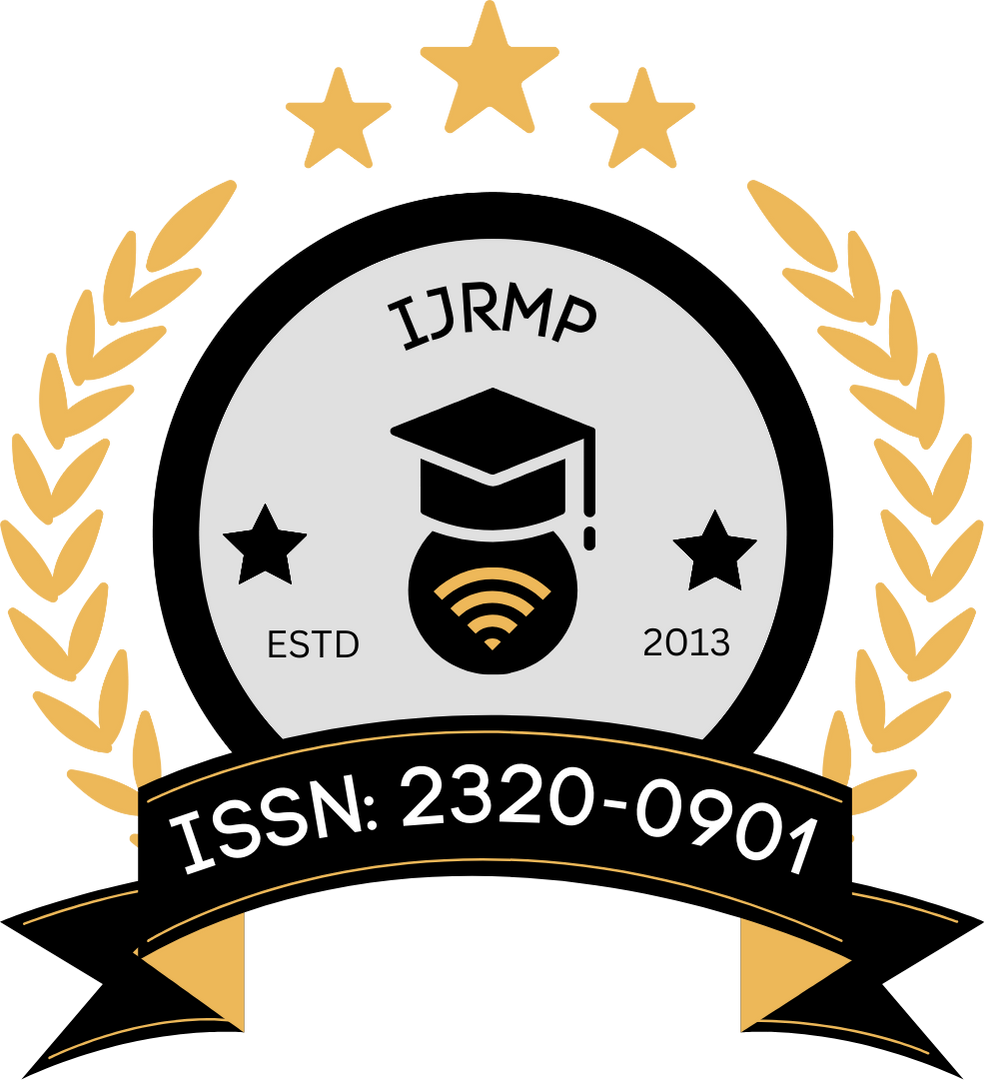![]()
Rhea Kapoor
Independent Researcher
Delhi, India
Abstract
The process of discovering new therapeutic uses for existing drugs—known as drug repurposing—offers a cost-effective and time-saving alternative to traditional drug development. With the exponential growth in biomedical data, artificial intelligence (AI) models have emerged as pivotal tools for identifying potential repurposing candidates by mining vast and complex datasets. This manuscript explores the development of AI-powered drug repurposing models that integrate bioinformatics, cheminformatics, and systems biology techniques. It discusses the architectural design of machine learning and deep learning frameworks applied to large-scale biomedical data, the role of data integration from genomics, proteomics, and drug-target interaction networks, and key challenges in model training and validation. Case studies illustrate the early success of AI applications in predicting novel drug-disease associations. This paper provides a comprehensive review of the literature and introduces a methodology for developing interpretable AI models suitable for biomedical inference. The findings underscore the potential of AI to significantly streamline the drug discovery pipeline, enhancing therapeutic innovation.
Keywords
Drug repurposing, artificial intelligence, machine learning, biomedical informatics, drug-target interaction, systems pharmacology, neural networks, feature selection, supervised learning, therapeutic discovery
References
- Barabási, A. L., Gulbahce, N., & Loscalzo, J. (2011). Network medicine: A network-based approach to human disease. Nature Reviews Genetics, 12(1), 56–68. https://doi.org/10.1038/nrg2918
- Gottlieb, A., Stein, G. Y., Ruppin, E., & Sharan, R. (2011). PREDICT: A method for inferring novel drug indications with application to personalized medicine. Molecular Systems Biology, 7(1), 496. https://doi.org/10.1038/msb.2011.26
- Lamb, J., Crawford, E. D., Peck, D., Modell, J. W., Blat, I. C., Wrobel, M. J., … & Golub, T. R. (2006). The Connectivity Map: Using gene-expression signatures to connect small molecules, genes, and disease. Science, 313(5795), 1929–1935. https://doi.org/10.1126/science.1132939
- Keiser, M. J., Setola, V., Irwin, J. J., Laggner, C., Abbas, A. I., Hufeisen, S. J., … & Roth, B. L. (2009). Predicting new molecular targets for known drugs. Nature, 462(7270), 175–181. https://doi.org/10.1038/nature08506
- Iorio, F., Bosotti, R., Scacheri, E., Belcastro, V., Mithbaokar, P., Ferriero, R., … & Di Bernardo, D. (2010). Discovery of drug mode of action and drug repositioning from transcriptional responses. Proceedings of the National Academy of Sciences, 107(33), 14621–14626. https://doi.org/10.1073/pnas.1000138107
- Sirota, M., Dudley, J. T., Kim, J., Chiang, A. P., Morgan, A. A., Sweet-Cordero, A., … & Butte, A. J. (2011). Discovery and preclinical validation of drug indications using compendia of public gene expression data. Science Translational Medicine, 3(96), 96ra77. https://doi.org/10.1126/scitranslmed.3001318
- Yamanishi, Y., Araki, M., Gutteridge, A., Honda, W., & Kanehisa, M. (2008). Prediction of drug–target interaction networks from the integration of chemical and genomic spaces. Bioinformatics, 24(13), i232–i240. https://doi.org/10.1093/bioinformatics/btn162
- Bleakley, K., & Yamanishi, Y. (2009). Supervised prediction of drug–target interactions using bipartite local models. Bioinformatics, 25(18), 2397–2403. https://doi.org/10.1093/bioinformatics/btp292
- Zhang, W., Yue, X., & Lin, W. (2014). Predicting drug-disease associations with manifold regularization based on semantic similarity and interaction networks. PloS One, 9(12), e115527. https://doi.org/10.1371/journal.pone.0115527
- Cheng, F., Liu, C., Jiang, J., Lu, W., Li, W., Liu, G., & Tang, Y. (2012). Prediction of drug–target interactions and drug repositioning via network-based inference. PLoS Computational Biology, 8(5), e1002503. https://doi.org/10.1371/journal.pcbi.1002503
